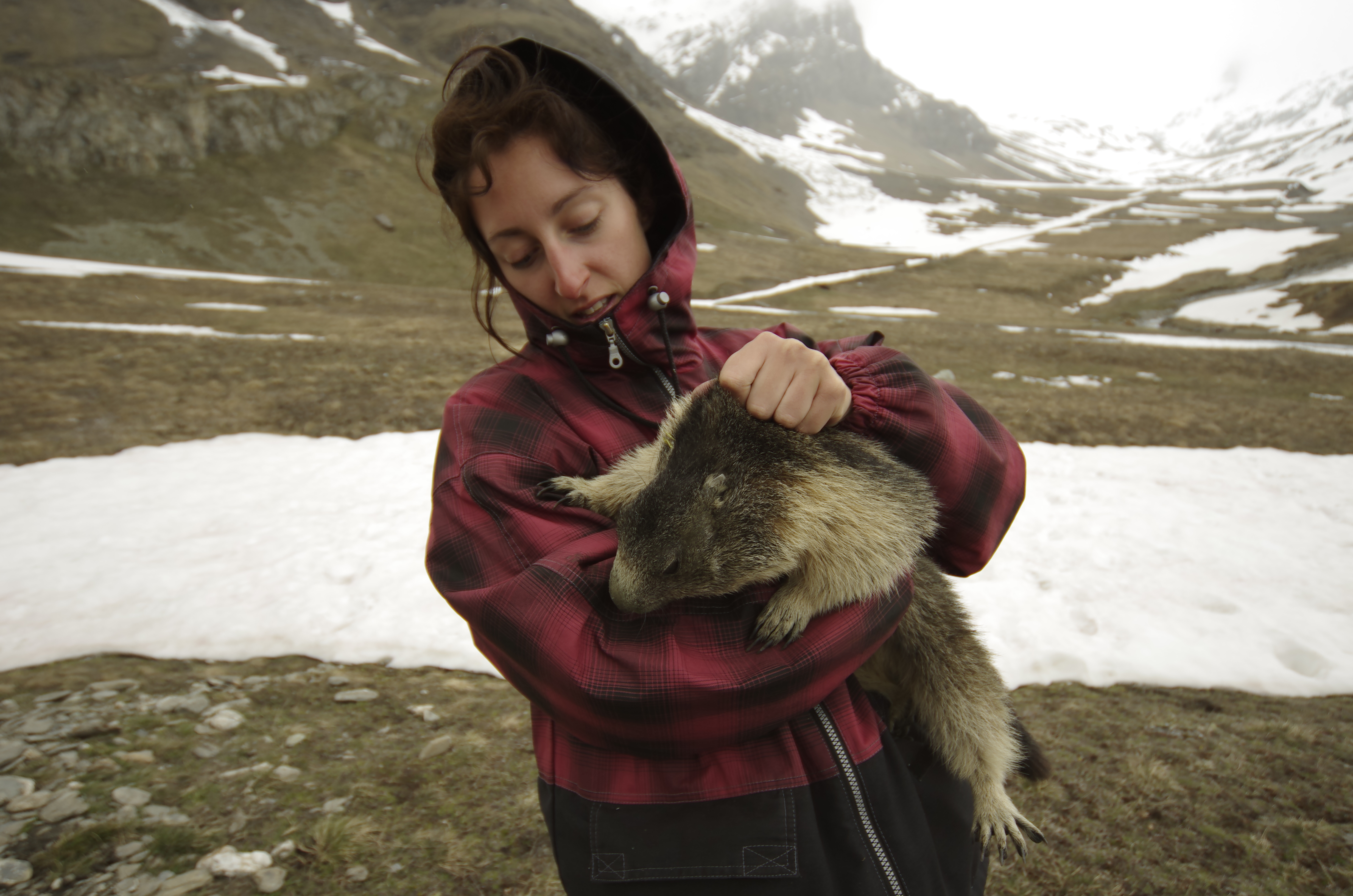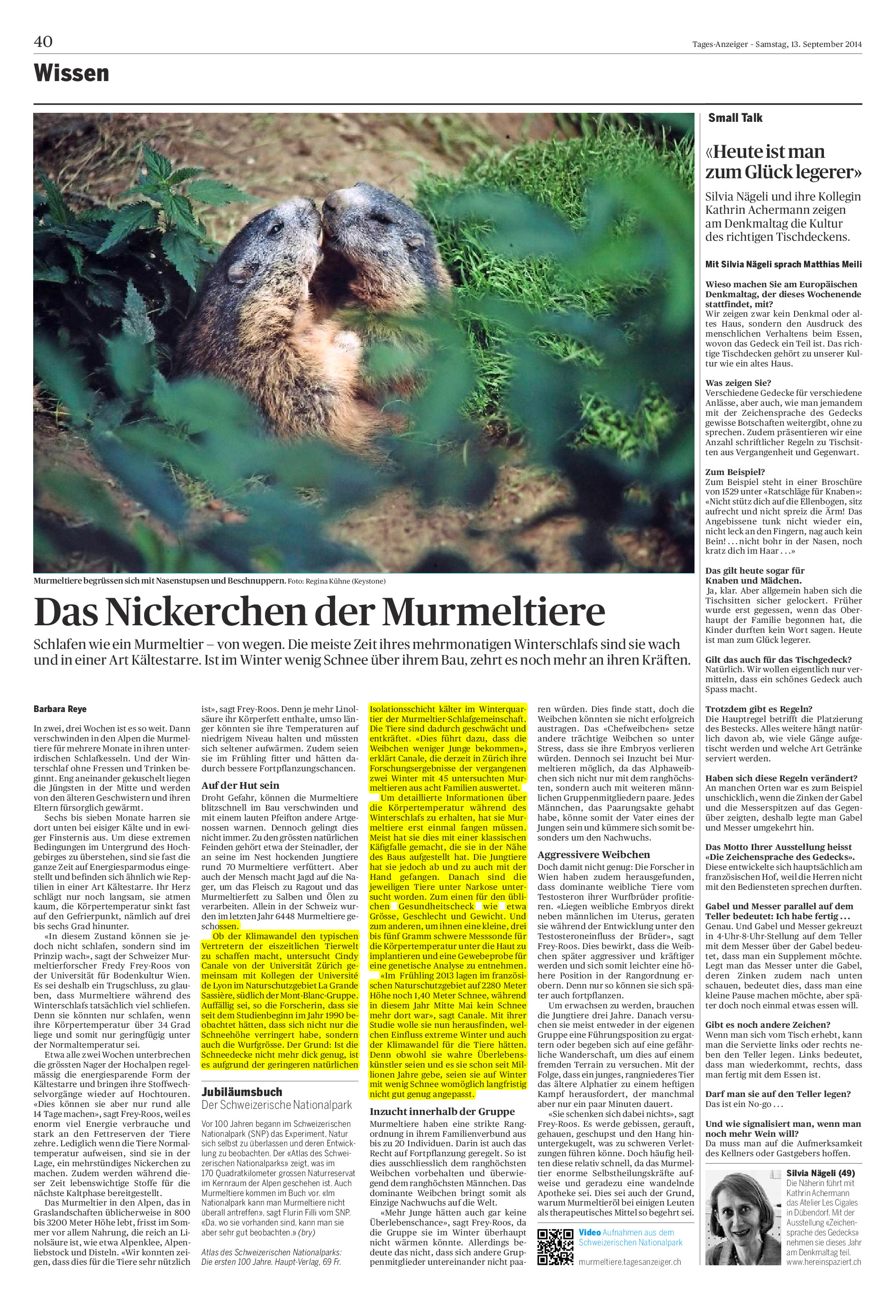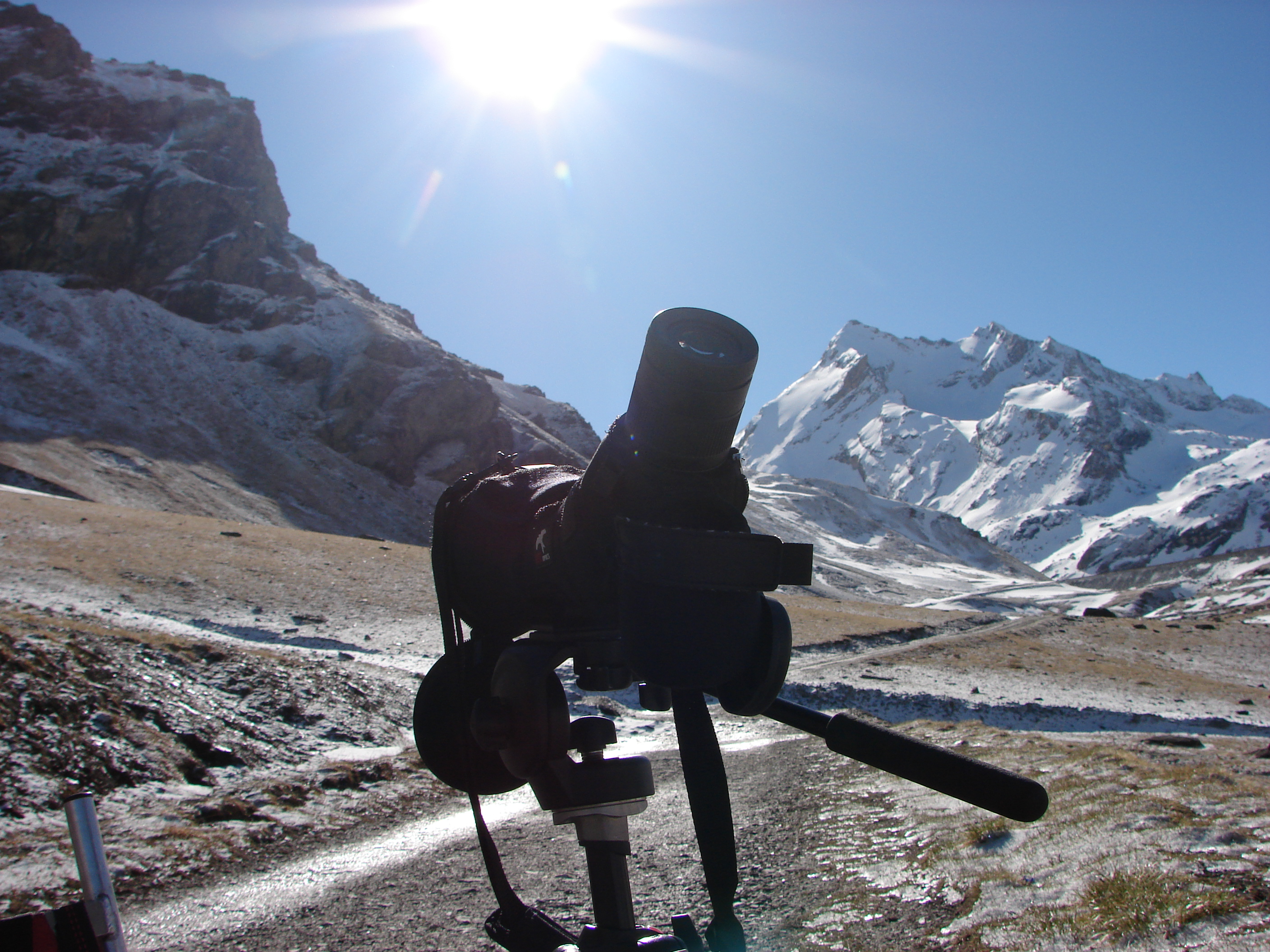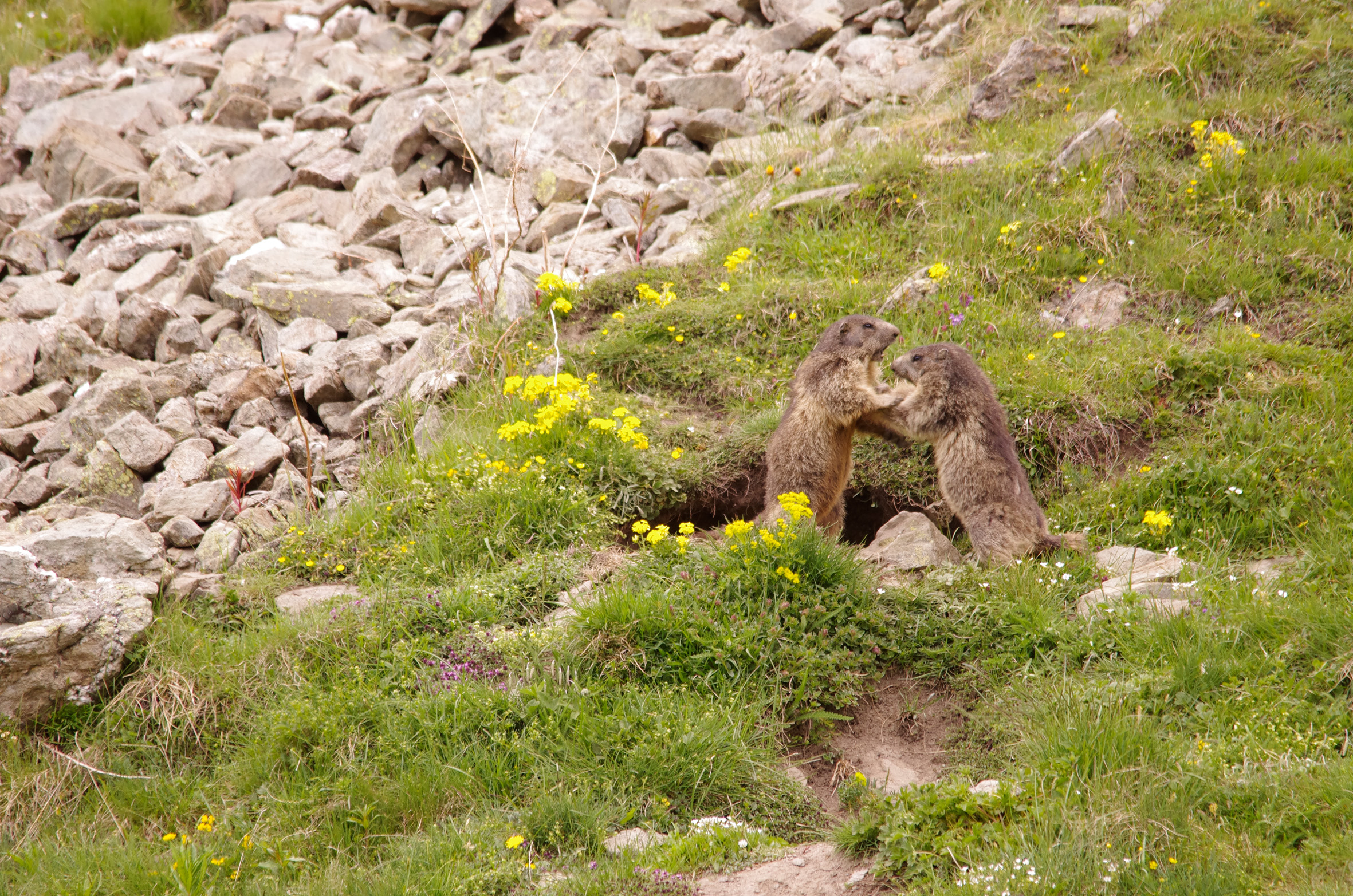 Cindy Canale
Cindy Canale
Second field season started at the Alpine Marmot Project
Welcome back to the Natural Reserve of La Grande Sassière where the second field season on alpine marmots started 3 weeks ago. Whereas last year at the same period there was deep snow (1m40), we arrived in an almost snow-free area.
As some of you enjoyed the mild winter, it seems that the marmots did too. Survival rate of the juveniles has never been that good: we already caught 90% of them! Even the lightest one, that was 165g last year survived: it is now 900g and it is running and playing all around with its 4 brothers and sisters!
To deal with energy limitation, individuals have to adjust their energy balance (energy acquisition vs. energy expenditure) to maintain their homeostasis and maximize their fitness. Among all mechanisms, thermoregulation represents the highest energetic cost in endotherms. My research project focus on the role of hibernation in the life history of the marmot. To understand how hibernation patterns are adjusted to environmental conditions, we are following the body temperature of 33 individuals since May last year with loggers placed in the intra-abdominal cavity. We already caught 20 of them. Cannot wait to download the data from these loggers! Some preliminary results below… Looks great, does not it!
Have a look to our blog in 3 weeks to know how the field session ended, and come back in few months to know more about the mechanisms underlying critical trait-demography relationships of the Alpine Marmot!
When Claude meets Charles…
“Claude Bernard and Charles Darwin, two geniuses from 19th century, initiated each in their own way and from disjoint areas, the contemporary biological revolution.
Physiological ecology is born from the convergence of their views and now evolves since the appropriation of the news tools such as molecular and cell biology, proteomics, ecotoxicology and isotopic chemistry. The main purpose of this biological discipline is to integrate physiological processes in the ecology and evolution concepts.” website
This is what drives me to Lyon (France) the last week to participate to the 1st Symposium of Animal Physiological Ecology.
It was a really interesting meeting with scientific talks of high quality.
Different topics have been discussed showing the multidisciplinarity of Physiological Ecology:
– Adaptations to extreme conditions
– Anthropogenic stress
– Behavior
– Genome, allocation, life history traits
– Pathogenesis and Parasites
– Physiological Ecology and Conservation
I gave a talk on the importance of physiological flexibility in a changing world and hope to present data on alpine marmots in 2 years at the 2nd Symposium of Animal Physiological Ecology!
Are the marmots fat or muscled?
While some are tracking meerkats in South Africa, others are developing complex models in Zurich, I was doing laboratory work at the “Institut Pluridisciplinaire Hubert Curien” in collaboration with the Evolutionary EcoPhysiology Team (Strasbourg, France).
No, no,no, I am not playing with liquid nitrogen for fun…
I am doing cryo-distillation to isolate water from biological fluids (here blood samples).
You probably wondering: What? or Why ? I would answer because we want to demonstrate that:
In other words, we want to validate the bioelectrical impedance analysis (BIA) by the deuterium dilution method to measure the body composition of marmots.
The bioelectrical impedance measurement is a non invasive method to estimate body composition and in particular body fat by determining absolute fluid volumes. It is doing exactly the same than the new scale you have at home! It is based on the fact that an electric current is conducted poorly by fat and bone but conducted well by tissues containing electrolytes and water.
BIA has been used in a number of species to evaluate total body water and thus body composition, including humans, cats, harbor seals, bear, dogs, pigs, horses but never used in marmots before.
So to ensure that this method is also appropriate in marmots, we evaluate the total body water by deuterium concentrations in condensed water from blood sample.
For more informations, you can read:
Kyle UG, Bosaeus I, De Lorenzo AD, Deurenberg P, Elia M, Gómez JM, Heitmann BL, Kent-Smith L, Melchior J-C, Pirlich M (2004). “Bioelectrical impedance analysis—part I: review of principles and methods.” Clinical Nutrition 23(5): 1226-1243. pdf
First field season accomplished at the Alpine Marmot Project
If this picture makes you think that it is a holiday place, it is not… This is the nature reserve of La Grande Sassière (45 ° 29′N, 6 ° 58′E), located in the Alps where I spent the last two months starting our project on alpine marmots. The field season started the 15th of May in the snow and ended on the 13th of July under the sun. Weather conditions were especially harsh this year as we worked under the snow until mid-June. I developed an experimental design to understand the physiological mechanisms that drive life history processes and, consequently, population dynamics.
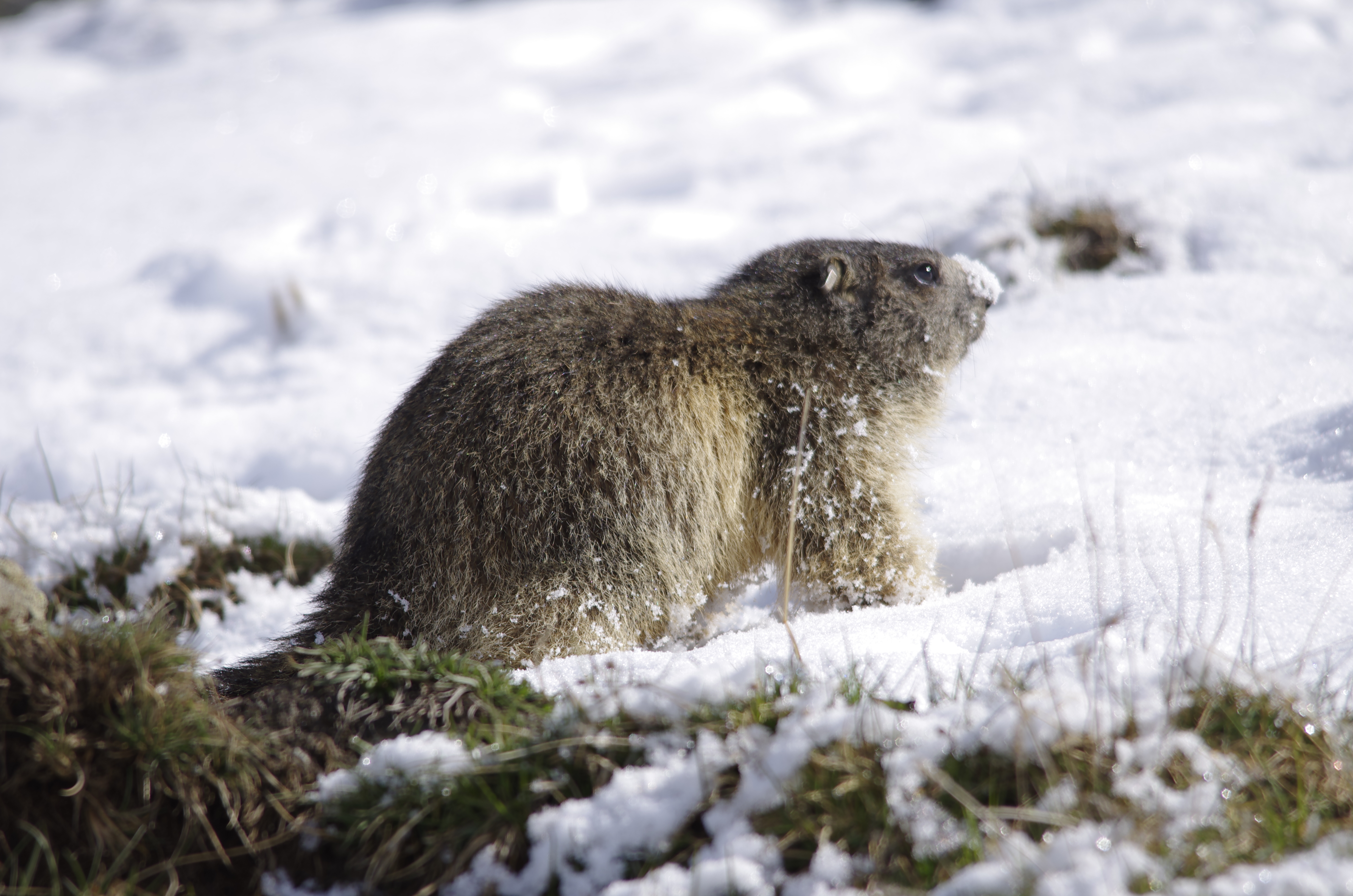
Hibernation plays a central role in the life history of the marmot. Overwinter survival, available fat reserves at emergence, and reproductive success the following spring are mediated by energetic expenditure during the hibernation period. To understand the link between winter conditions and subsequent changes in demographic rates I will determine hibernation pattern changes in juveniles, yearlings and dominants.To answer this question, I worked on 45 individuals belonging to 8 different families (territories S to Z on the territory map).
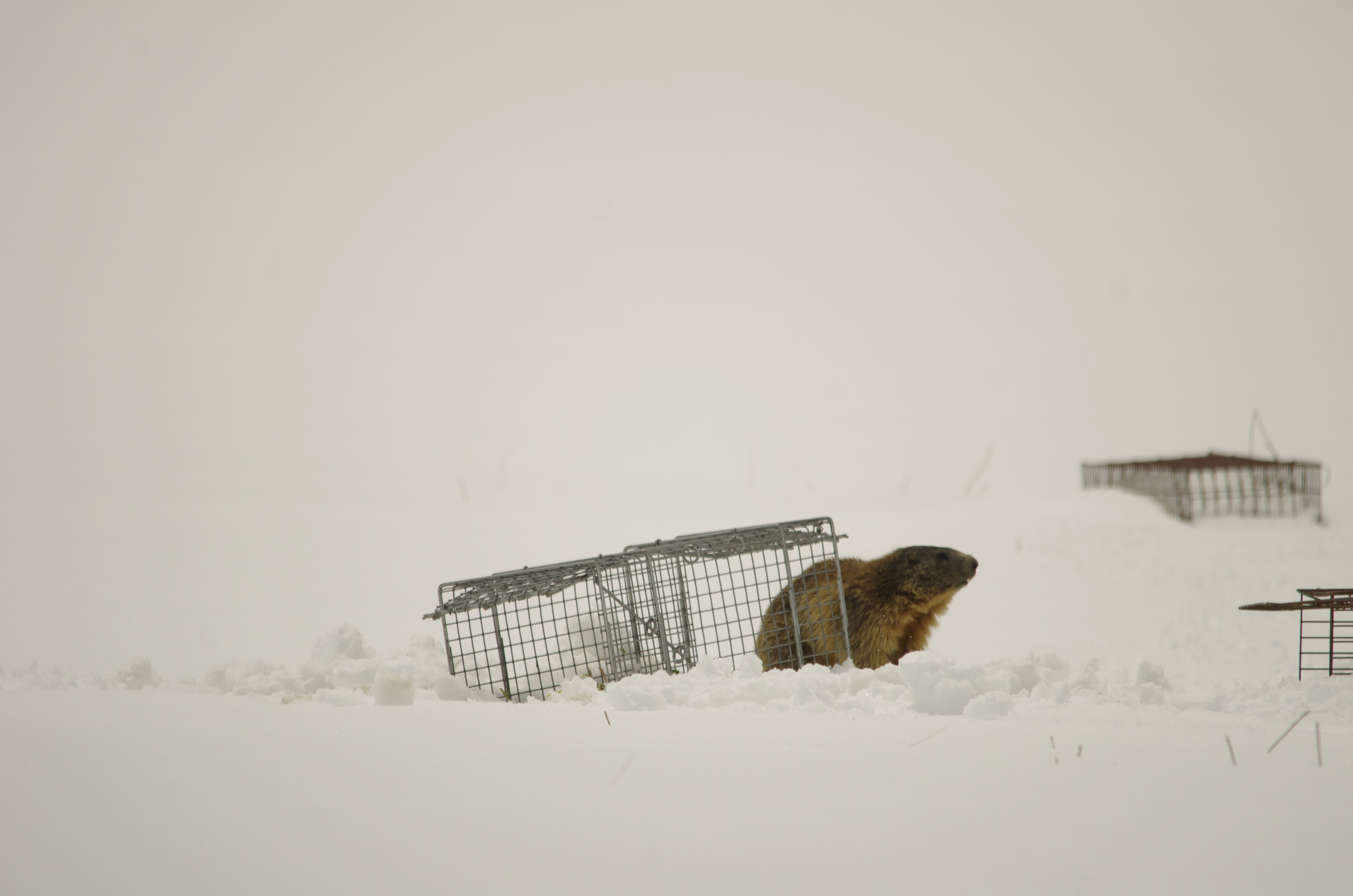
Once captured, individuals are tagged, sexed and weighed. Several biometric variables are also measured such as the total length of the marmot, the width of the front and back paws, the width of the jaw, the size of the head at the cheek bone, and the width of the pelvis. DNA samples are also taken to determine family structure. In order to recognize the socio-spatial structure of each of the family groups studied, the territory and the composition of family groups was determined by behavioral observations.
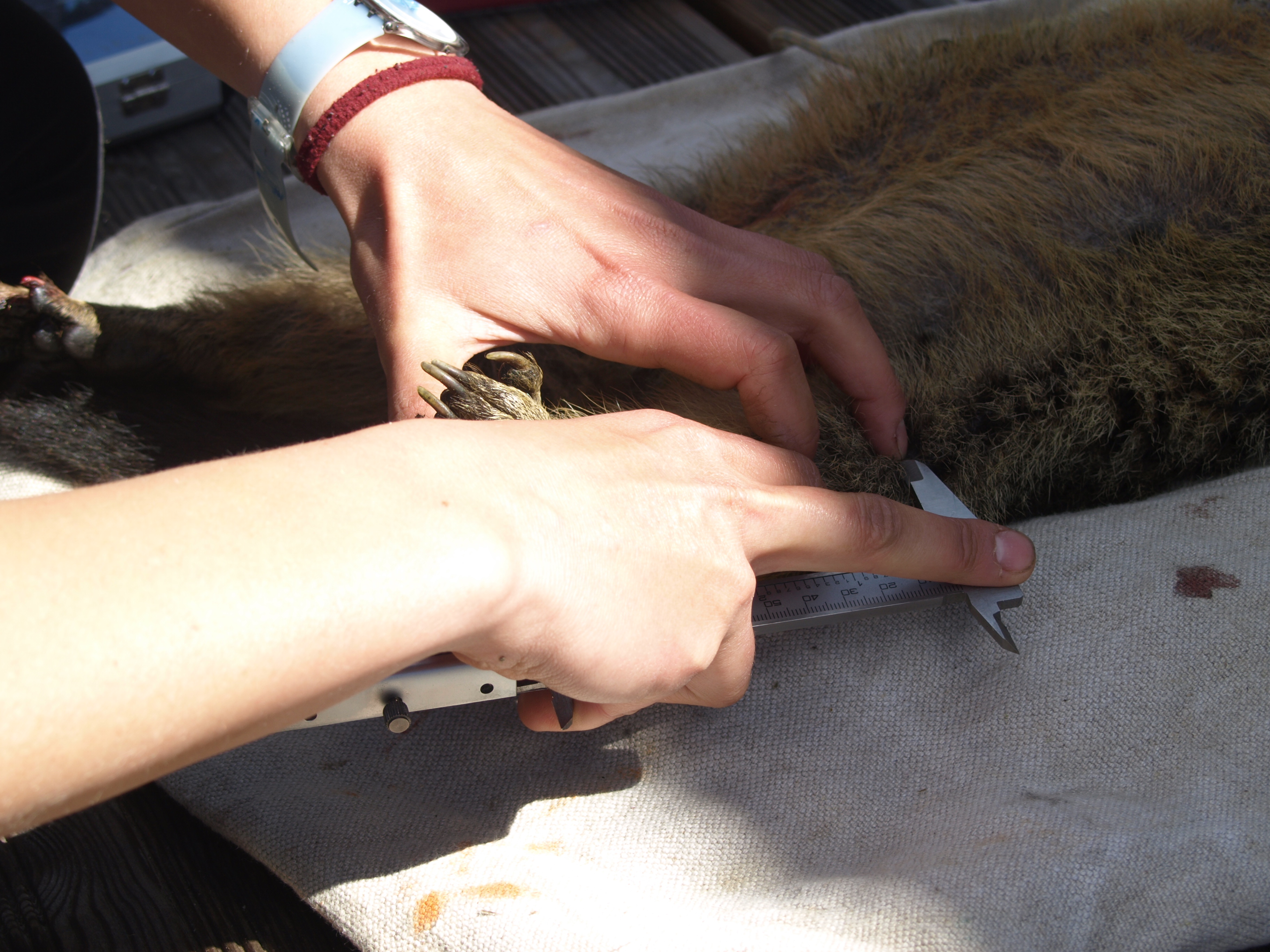
To determine hibernation patterns, 33 individuals (9 juveniles, 9 yearlings, 15 dominants) have been equipped with a small logger to record their body temperature. I was really stressed until the end as pups emerged later this year than the previous years. The first one emerged the 26th of June instead of the 15th. Juveniles of two of my families emerged on the 11th of July so 2 days before the departure ;-/. Ambient temperature of the main burrow of each family is also currently recorded by loggers.
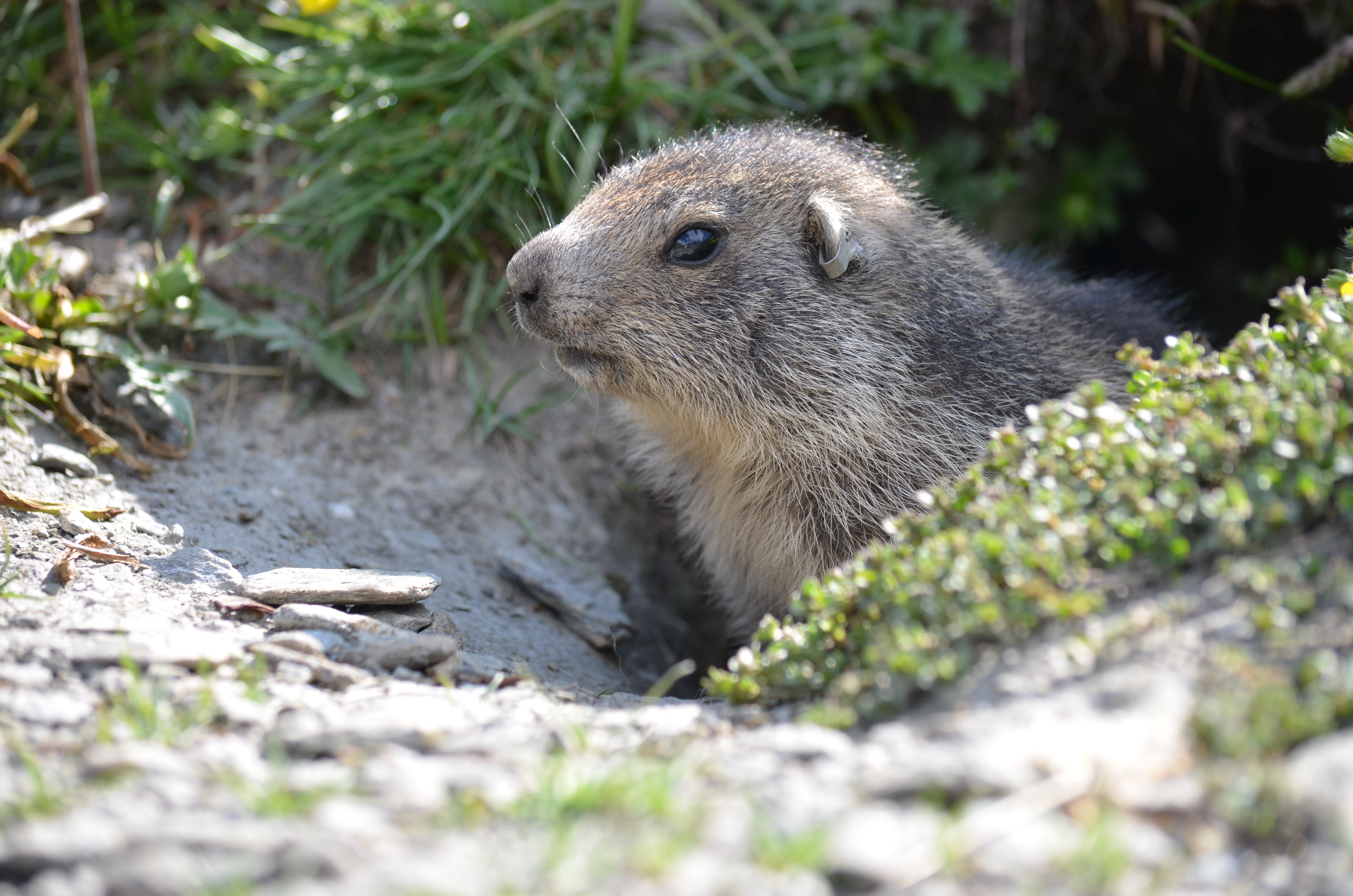
I am now back in Zürich, and I can’t wait to go back next year to retrieve the loggers and obtain exciting data from the hibernation period.